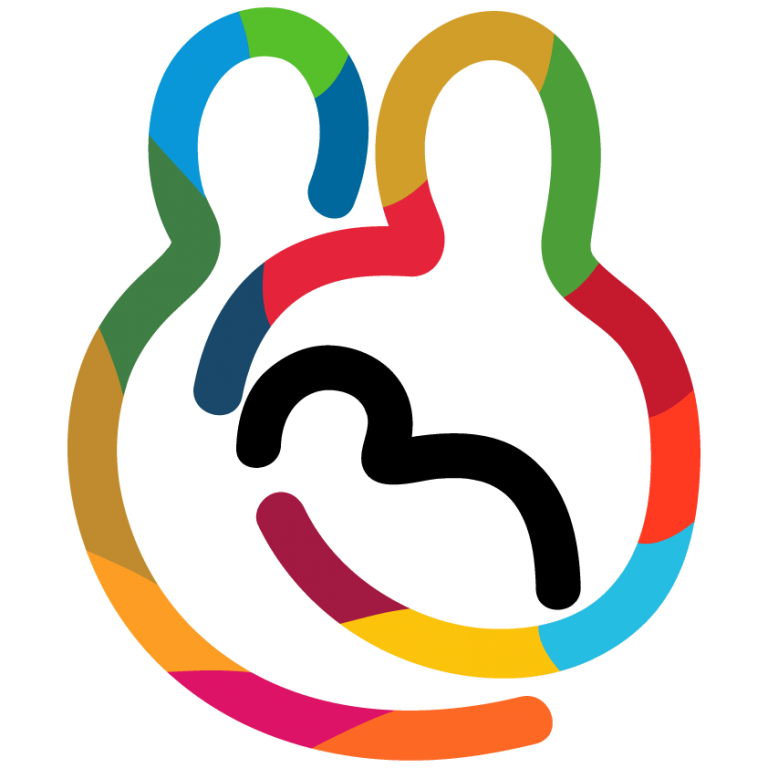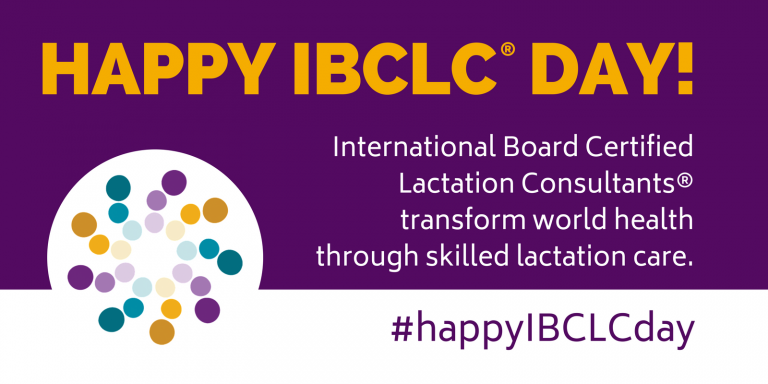How to Overcome the Top 5 Breastfeeding Challenges & Feed Your Baby with Ease
8 minute read
Breastfeeding is one of the most natural things in the world. For some moms, nursing comes super intuitively. But for others, there can be unpleasant — and often painful! — bumps in the road.
If you are struggling with breastfeeding your little one, you may begin to wonder “Why can’t I do this? Is there something wrong with me?”
Or maybe you’re anticipating the arrival of your baby and are worried you’ll experience some of the breastfeeding challenges you’ve heard about… You may ask yourself “What if I can’t feed my baby?”
We see you, mama. And we want to banish your anxieties and fears to help you prevent and overcome these challenges.
From expert tips and tricks…to our go-to products and favorite resources… We’re here to surround you with support and equip you with the knowledge, tools, and skills you need to feed your little one with ease.
If you’re in pain, discomfort, or feeling frustrated trying to feed your little one…hang in there because this post is for you. Let’s dive in and take a look at the 5 most common breastfeeding challenges and what you can do to overcome them.
1. Sore nipples:
Many new parents will experience some nipple soreness — especially in the first week when you’re getting breastfeeding established.
But even though nipple soreness is a common breastfeeding challenge, it shouldn’t last forever. Breastfeeding usually starts to feel comfortable once you and your baby have found a good latch and some positions that work.
Most often, nipple pain happens because your baby is not taking enough of your nipple and areola into the mouth (American Pregnancy Association). But if your baby is latching well and you’re still in pain, you may be experiencing some other type of nipple trauma from:
- Not releasing suction before removing your baby from your breast.
- Pumping with the wrong-sized flange
- Cleaning your breast too much
- Wearing clothing that is too tight
What can you do for sore nipples:
To solve this breastfeeding challenge, make sure your baby is opening their mouth super wide to get a deep latch (here’s a great video to show how to get a good, deep latch!). It’s also really helpful to be familiar with the signs of a good latch to help prevent future nipple pain.
And in the meantime, there are a few things you can do to help your sore nipples heal:
- Nipple cream: A quality nipple cream or nipple butter can help bring your sore nipples back to life. They are made with soothing, nourishing ingredients that will moisturize and speed up the healing process. Simply apply a small amount of your favorite product after each feeding.
- Hydrogel pads: If your nipples are cracked or bleeding, use a hydrogel pad to keep your bra from sticking to your nipple. This will reduce your pain and help your nipple heal faster.
- Nipple shields: Does your nipple pain seem to be going from bad to worse? Consider using a nipple shield for a few days to give your sore nipples a much-needed break so that they can heal — while still being able to nurse your baby. A lactation consultant can guide you on how to get your baby to latch while wearing a nipple shield.
- Use cool packs: Placing a cold pack on your breast can bring temporary pain relief. We love Legendary Milk’s Breast-Ease Support Packs for their easy-to-use cooling pads.
Our Favorite Product to Soothe Sore Nipples:
Mom’s swear by Silverette’s cups for healing and preventing sore nipples! Once we heard about these magical cups and saw them in action, we had to add them to the boutique.
Silverette cups are made from pure 925 silver which has natural antimicrobial, antifungal, antibacterial, and anti-inflammatory properties. These are a bit more of an investment, but if you’re struggling with sore nipples and need to call in the big guns…Silverettes are the way to go.
Pro Tip: If you need to soothe your sore nipples ASAP — you can express a few drops of your breast milk and rub it over your nipple. Breast milk has natural healing properties, is free, and readily available! Make sure your fingers are clean and let your nipples air dry, if possible.
2. Low milk supply
It’s totally normal to worry if you’re producing enough milk for your baby.
If it seems like your baby is feeding around the clock, it’s only natural to wonder if you’re dealing with a low milk supply. But most of the time, your body makes exactly the right amount of milk that your baby needs.
The best way to tell if your baby is getting enough milk is by looking for these key signs:
- Your baby has enough wet and dirty diapers each day.
- Your baby switches between short sleeping periods and wakeful, alert periods.
- Your baby is satisfied and content after eating.
- Your breasts may feel softer after feeding.
It’s also normal for your breasts to soften and feel less full when your baby reaches 3-6 weeks of age. This doesn’t necessarily mean that you are dealing with a low milk supply, just that your body is adjusting to the changing needs of your baby.
What you can do for low milk supply:
There are many things that you can do if you’re facing the challenge of having a low milk supply:
- Feed your baby more frequently. The more regularly you feed your little one, the more milk your body will make!
- Optimize your feeding sessions: Make the most of your feeding sessions by ensuring that your baby is latched on and positioned well, offering both breasts at each feeding, and letting your little one decide when to end the feeding. This will help you to empty both of your breasts so that your baby gets the most milk!
- Pump or express your milk: Pump or express your milk frequently between nursing sessions and when you’re away from your baby to help build your milk supply. Make sure you have a great breast pump (and all the pump parts that go with it!), along with a hands-free pumping bra, and milk storage supplies.
- Take care of yourself: Pour yourself a cozy cup of milkmaid tea, eat well, get plenty of rest, and let others help you along the way. Being a breastfeeding mom is hard work — but you don’t have to do everything all on your own. Remember to take care of yourself so that you can take care of your little one!
- Consider a milk-boosting supplement: If you think you’re experiencing a dip in your supply or want to boost your production as you return to work, you may want to try a milk-boosting supplement like Motherlove and Legendary Milk to improve your milk production and flow.
3. Engorgement
It’s normal for your breasts to become larger, heavier, and maybe even a little tender when they begin making milk. But if your breasts become too full…that’s when you may deal with the problem of engorgement.
Engorgement is when your breasts become hard and painful because they are too full of milk. In addition to being uncomfortable, engorgement can lead to other breastfeeding challenges like plugged ducts and decreased milk supply.
This often happens to breastfeeding parents as your milk starts to come in — usually around the 3rd to 5th day after giving birth. The good news is that your supply will adjust to meet your baby’s needs and engorgement should quickly subside.
But engorgement can also happen anytime you do not breastfeed or pump for an extended period of time, especially if you have an oversupply of milk or are not feeding your baby as often. That’s why it’s important to plan ahead and pump or hand express your milk if you’re going to be away from your baby for an extended period of time.
To prevent engorgement before it even happens, allow your baby to breastfeed as often and as long as he/she desires.
But what do you do if your breasts are already engorged and you need help ASAP? Here’s where to start:
What you can do about engorgement:
- Breastfeed often: Breastfeed often on the engorged side to remove the milk, keep the milk moving freely, and prevent your breast from becoming too full. As long as your baby is latched on and sucking well, allow your baby to feed for as long as he or she likes.
- Help your baby latch on: Hand express or pump a little milk to soften the breast, areola, and nipple before breastfeeding. Reach out to a lactation consultant if you need help getting your baby to latch on more easily.
- Use heat and cold to your advantage: Try using a warm compress right before your nursing sessions to help your milk start flowing with ease. Use cold compresses (like Legendary Milk’s Breast-Ease Support Packs) on your breast in between feedings to help ease the pain.
- If you are returning to work: Try to pump your milk on the same schedule when your baby usually eats at home. Pump at least every four hours, or more often depending on your body’s needs.
- Check your clothing: You want to wear a well-fitting, supportive bra that is not too tight so that you don’t restrict your milk from flowing.
- Get enough rest, proper nutrition, and fluids.
4. Plugged ducts
Getting a plugged duct is a very common breastfeeding problem for nursing parents. You’ll know you have a plugged milk duct when you feel a tender, sore lump or knot in your breast. This happens when a milk duct does not drain properly and can be quite uncomfortable and painful.
If you think you have a plugged duct, it’s a good idea to take a look at your daily routine to identify what may have caused the plugged duct:
- Are you possibly missing or delaying a feeding due to other responsibilities?
- Is your baby not finishing a feeding or only nursing on one side?
- Is there pressure against your breast throughout the day? (A diaper bag strap, car seat belt, or bra that’s too tight could be pressing across your chest.)
It’s best to manage a plugged duct right away to prevent it from getting worse and causing mastitis or breast infection.
What you can do about a plugged duct:
- Breastfeed often: Feed your baby from the side with a plugged duct as often as every two hours. Try aiming your baby’s chin at the plug — this will help loosen the plug and keep your milk moving freely.
- Consider a milk supplement: We love Legendary Milk’s Sunflower Lecithin supplement to loosen clogged ducts and improve your milk flow.
- Massage the sore area: Starting behind the sore spot, move your fingers in a circular motion and massage toward your nipple. Repeat before and during several nursing sessions until the clogged duct subsides.
- Use heat: Take a hot shower or apply warm, moist cloths over the plugged duct and the rest of your breast.
- Wear a well-fitting, supportive bra: Find a comfy bra that is not too tight, since a tight bra can constrict milk ducts. And consider trying a bra without an underwire so that you don’t put any unnecessary pressure on your breast tissue.
- Reach out for help if you need it: If you have plugged ducts that keep coming back, get help from a lactation consultant.
5. Mastitis & breast infections
A clogged duct can lead to a more significant breast infection — aka. mastitis. But you can also get mastitis if another family member has a cold or the flu.
It’s not always easy to tell the difference between a breast infection and a plugged duct…both have similar symptoms and can get better within 24 to 48 hours.
But here are some symptoms that should raise a red flag because they could mean that you have a breast infection:
- Fever and/or flu-like symptoms, such as feeling run down or very achy
- Nausea
- Vomiting
- Yellowish discharge from your nipple that looks like colostrum
- Your breasts feel warm or hot to the touch and appear pink or red
What you can do for mastitis and breast infections:
- Breastfeed on the infected side: Try feeding your baby every two hours or more often to keep your milk flowing freely.
- Massage the infected area: Imagine that you’re trying to move the milk down toward your nipple.
- Apply heat to the sore area: Use a warm, wet cloth, heating pad, a hot bath or shower.
- Wear a well-fitting, supportive bra: Make sure your bra isn’t too tight, since a tight bra can constrict milk ducts.
- Reach out to your healthcare provider: If you continue to have a fever, your symptoms get worse or stay the same after 24+ hours — it’s probably best to notify your healthcare provider. Some breast infections won’t go away on their own and you may need treatment with prescription medication.
Don’t forget to ask your support system for help. Often mastitis or a breast infection can be caused by stress or changes to your normal routine — like when family come to visit your new baby! Getting a breast infection may be a sign that you have too much on your plate and need some extra sleep and rest.
Support for Your Breastfeeding Journey
Although feeding your baby is one of the most instinctive things you can do as a new parent…it can often feel intimidating, confusing, and sometimes downright frustrating.
We want to help.
In addition to offering essential supplies like pump parts, creams, and supplements, we also provide hospital grade pump rentals, classes and support groups, and private lactation consultations.
Whether you need help mastering breastfeeding 101, you want some guidance as you plan to return to work, or you simply are craving the community of other breastfeeding mamas who can relate… We’ve got you.
Wherever you’re at on your feeding journey — we want to come alongside you and help you reach your goals. So you and your baby can have the wonderful breastfeeding experience that you’ve been dreaming about. Reach out to us today!






